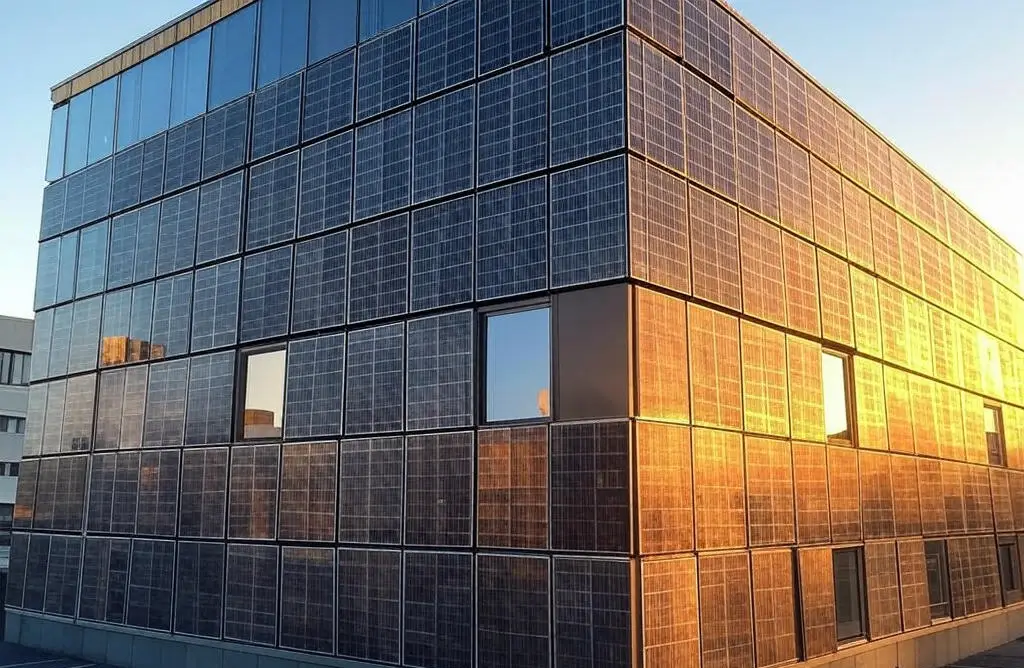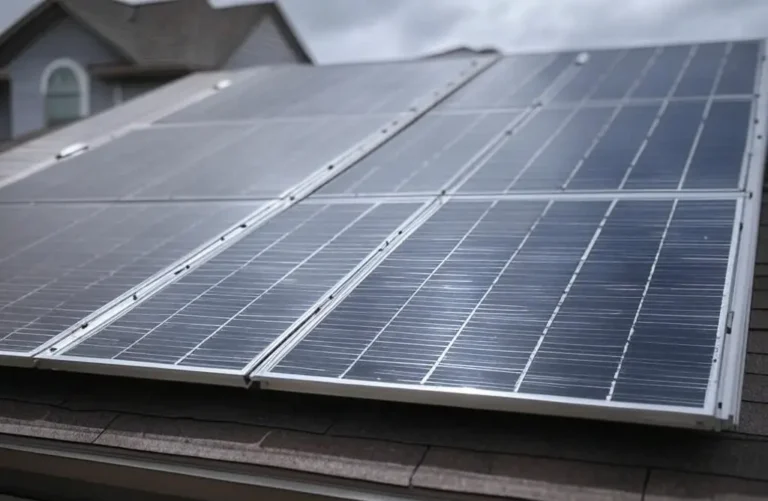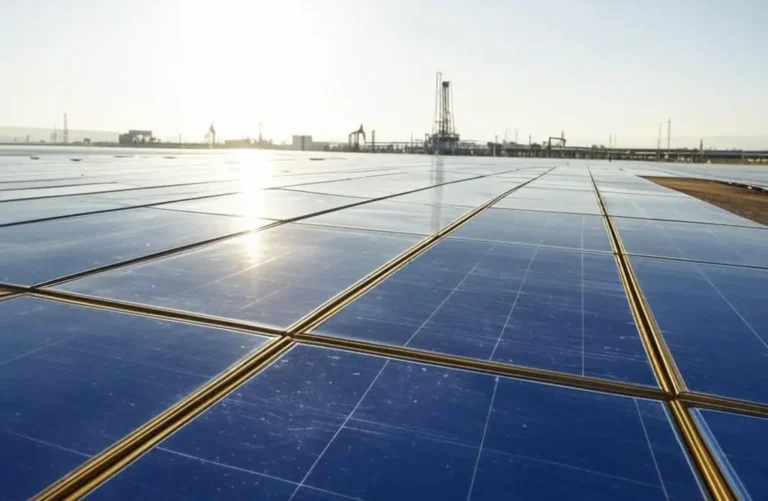Solar-Powered Architecture: Integrating Photovoltaic Systems into Building Design
Solar-powered architecture is revolutionizing the way buildings are designed and constructed. By integrating photovoltaic (PV) systems directly into the structure of buildings, architects and engineers can create sustainable, energy-efficient structures that reduce reliance on traditional power sources while contributing to a cleaner environment. Siemens Solar is at the forefront of this innovation, offering cutting-edge PV solutions that seamlessly blend with architectural elements. This article explores the benefits, challenges, and future of solar-powered architecture, with a focus on Siemens Solar’s contributions.
The Rise of Solar-Powered Architecture
In recent years, there has been a significant shift toward sustainable building practices. As concerns about climate change and energy consumption grow, architects are increasingly turning to renewable energy sources to power their designs. Solar energy, in particular, has emerged as a leading solution due to its accessibility and versatility. By embedding PV panels into the fabric of buildings—such as roofs, facades, and windows—architects can create structures that not only look stunning but also generate their own electricity.
One of the key advantages of solar-powered architecture is its ability to generate electricity on-site. This reduces the need for external power sources and makes buildings more self-sufficient. Additionally, solar panels can be integrated into various architectural elements, making them a versatile option for different types of structures, from residential homes to commercial skyscrapers.
Benefits of Integrating PV Systems into Building Design
Integrating photovoltaic systems into building design offers numerous benefits, including:
- Energy Efficiency: Buildings can generate their own electricity, reducing reliance on the grid and lowering energy bills.
- Sustainability: Solar energy is a clean, renewable resource that reduces carbon emissions and environmental impact.
- Aesthetic Appeal: Modern PV panels can be designed to complement the architectural style of a building, enhancing its visual appeal.
- Increased Property Value: Solar-powered buildings are often more attractive to buyers and tenants, leading to higher property values.
- Regulatory Compliance: Many regions offer incentives or require renewable energy integration in new constructions.
These benefits make solar-powered architecture an attractive option for both new constructions and retrofits. However, integrating PV systems into building design also presents unique challenges.
Challenges of Solar-Powered Architecture
While the benefits are clear, there are several challenges that architects and engineers must overcome when integrating PV systems into building design. These include:
- Structural Considerations: PV panels add weight and require specific mounting systems, which can complicate the structural design of a building.
- Aesthetic Integration: Ensuring that solar panels blend seamlessly with the building’s design can be challenging, especially for historic or architecturally significant structures.
- Cost: While solar technology has become more affordable, the initial investment can still be high, particularly for large-scale projects.
- Maintenance: Solar panels require regular cleaning and maintenance to ensure optimal performance, which can be difficult for panels integrated into hard-to-reach areas.
Despite these challenges, advancements in PV technology and design techniques are making it easier to integrate solar systems into buildings. Siemens Solar is leading the way with innovative solutions that address these issues.
Siemens Solar’s Role in Solar-Powered Architecture
Siemens Solar has been a pioneer in the development of photovoltaic technology for architectural applications. Our PV systems are designed to be both functional and aesthetically pleasing, allowing architects to incorporate solar power without compromising on design. Here are some of the ways Siemens Solar is advancing solar-powered architecture:
Innovative PV Products
Siemens Solar offers a range of PV products specifically designed for architectural integration, including:
- Solar Roof Tiles: These tiles function as both roofing material and solar panels, providing a seamless look for residential and commercial buildings.
- Building-Integrated Photovoltaics (BIPV): Our BIPV systems can be incorporated into facades, windows, and other building elements, turning the entire structure into a power generator.
- Transparent Solar Panels: These panels allow natural light to pass through while generating electricity, making them ideal for windows and skylights.
These products are designed to meet the highest standards of efficiency and durability, ensuring that they perform well in a variety of environments.
Customizable Solutions
Every building is unique, and Siemens Solar understands that a one-size-fits-all approach doesn’t work for solar-powered architecture. That’s why we offer customizable PV solutions tailored to the specific needs of each project. Our team of experts works closely with architects and builders to design systems that integrate seamlessly with the building’s design while maximizing energy production.
Real-World Examples of Solar-Powered Architecture
Solar-powered architecture is already making an impact around the world. Here are a few notable examples of buildings that have successfully integrated PV systems into their design:
The Solaris Building, Singapore
The Solaris Building in Singapore is a prime example of solar-powered architecture. Designed by architect Ken Yeang, the building features a unique “green spine” that incorporates PV panels into its facade. These panels generate electricity while also providing shade and reducing the building’s cooling needs. The Solaris Building is a model of sustainable design, demonstrating how solar power can be integrated into even the most complex architectural projects.
For more information on the Solaris Building, visit this external resource.
The Edge, Amsterdam
The Edge in Amsterdam is often cited as one of the most sustainable office buildings in the world. Its rooftop is covered with PV panels that generate a significant portion of the building’s electricity. Additionally, the building’s design maximizes natural light and ventilation, further reducing its energy consumption. Siemens Solar provided the PV systems for this project, ensuring optimal performance and integration.
The Future of Solar-Powered Architecture
As technology continues to advance, the future of solar-powered architecture looks brighter than ever. Emerging trends include the development of ultra-efficient PV cells, the integration of energy storage systems, and the use of smart building technologies to optimize energy use. Siemens Solar is at the forefront of these developments, investing in research and development to create the next generation of solar-powered buildings.
Emerging Technologies
Some of the most exciting developments in solar-powered architecture include:
- Perovskite Solar Cells: These cells offer higher efficiency and lower production costs, making solar power more accessible.
- Solar Skins: Customizable solar panels that can mimic the appearance of traditional building materials.
- Energy-Generating Windows: Transparent PV panels that generate electricity while allowing light to pass through.
These innovations will make it easier for architects to incorporate solar power into their designs, further driving the adoption of solar-powered architecture.
Conclusion: Building a Sustainable Future
Solar-powered architecture represents a major step forward in the quest for sustainable building practices. By integrating PV systems into the design of buildings, architects can create structures that are not only beautiful but also energy-efficient and environmentally friendly. Siemens Solar is proud to be a leader in this field, offering innovative solutions that make solar-powered architecture a reality. Whether you’re designing a new building or retrofitting an existing one, our team is here to help you harness the power of the sun.
For more information on Siemens Solar’s architectural solutions, visit our website or contact our team today.




